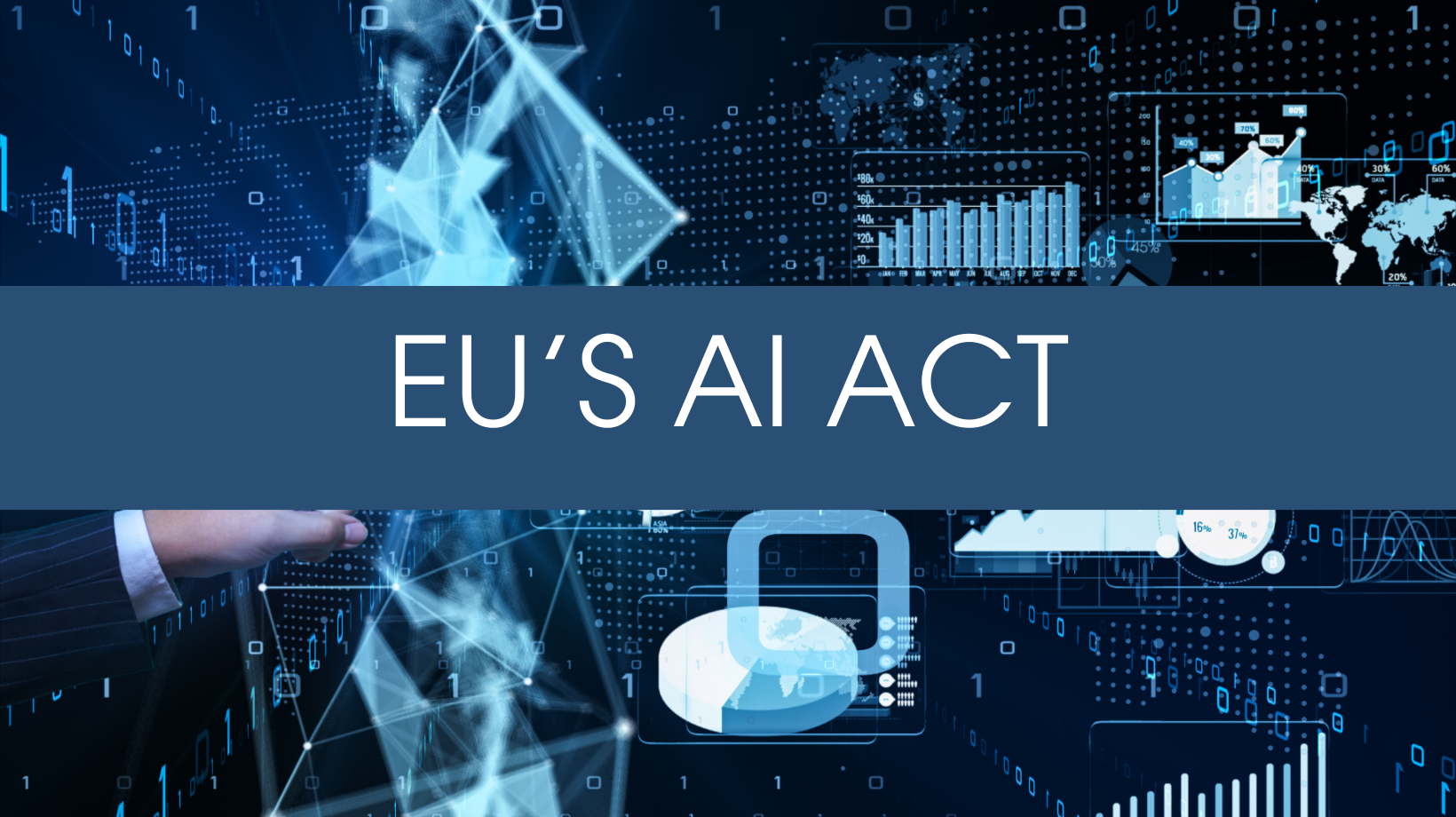The European Parliament has taken a historic step towards regulating AI with the approval of the Artificial Intelligence Act. The AI Law addresses the potential dangers of AI while promoting its responsible development.
The Need for AI Law
AI has seen tremendous growth in the recent years, driving innovation and promising economic growth in various sectors. However, this rapid advancement also brought in fears about potential negative impacts, including:
Bias and discrimination: AI algorithms can perpetuate existing societal biases if trained on biased data. This can lead to discriminatory outcomes in areas like hiring, loan approvals, and criminal justice.
Privacy concerns: AI systems that collect and analyze vast amounts of personal data raise serious privacy concerns. The potential for misuse of this data necessitates robust safeguards.
Existential threats: Some experts warn about the potential for highly advanced AI to pose an existential threat if it surpasses human control.
The EU’s AI Act aims to mitigate these risks by establishing a framework for regulating AI based on its potential to cause harm.
Key Features of the AI Law
The core principle of the AI Act is to categorize AI applications according to their risk level. This tiered approach ensures that stricter regulations are applied to high-risk applications, while allowing for lighter oversight for low-risk ones.
Banned Uses: Certain AI applications are deemed too dangerous and will be completely prohibited. This includes social scoring systems that rank citizens based on their behavior, and technology designed to exploit human vulnerabilities.
High-Risk Applications: AI systems used in critical areas like infrastructure, education, healthcare, and law enforcement will face rigorous scrutiny. These systems will need to comply with stringent regulations to ensure responsible development and deployment.
Low-Risk Applications: Services posing minimal risk, such as spam filters, will be subject to less stringent regulations. The EU anticipates that most AI applications will fall under this category.
Addressing Generative AI and Chatbots: The Act also tackles the challenges posed by generative AI tools and chatbots, such as OpenAI’s ChatGPT. These systems will be subject to specific regulations regarding data used for training and compliance with copyright laws.
AI Regulation across the World
While China has implemented a patchwork of AI regulations, the EU’s AI Act represents the first comprehensive set of binding requirements for mitigating AI risks. This ambitious legislation positions the EU as the de facto global standard-setter for trustworthy AI.
Countries like the UK, which hosted an AI safety summit in November 2023, are currently without legislation on the scale of the EU Act. This could put them at a disadvantage in the race to develop and deploy AI responsibly.
AI Law in the Future
The Act still needs to complete a few formalities before officially becoming law. Legal experts will review the text for clarity and consistency, and the European Council must formally endorse it. However, this is expected to be a smooth process.
In the meantime, businesses across the globe are scrambling to understand how to comply with the new regulations. With legal certainty established, companies can now focus on scaling their AI technologies responsibly and generating value for society.
The EU’s AI Act is a landmark achievement, marking a significant step towards shaping a future where AI benefits humanity without compromising safety and ethical principles. It remains to be seen how other countries will respond to this groundbreaking legislation, but one thing is clear: the conversation about responsible AI development has entered a new era.
































